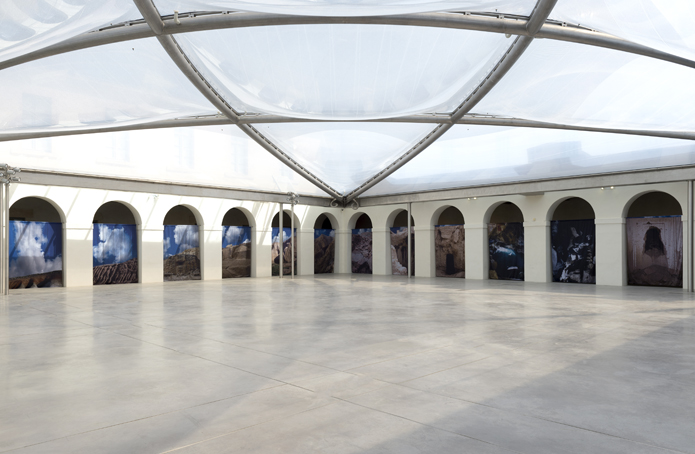
22 digital prints on polyester. 270 x 200 cm (each)- ©photo M.Domage
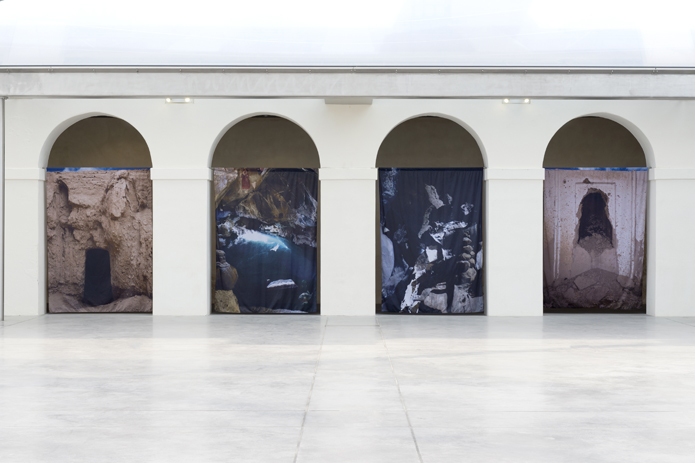
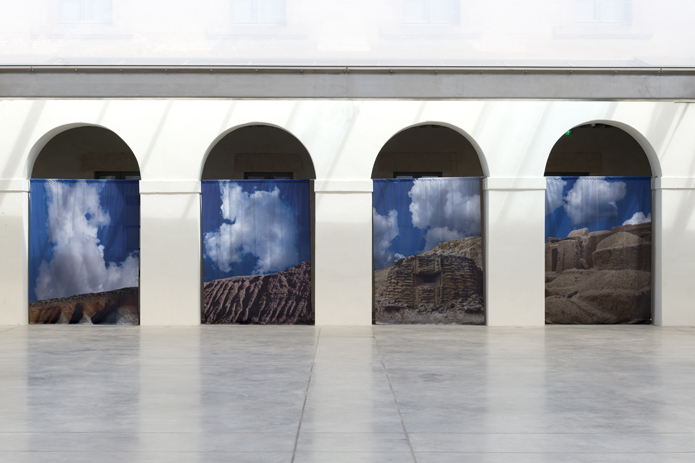
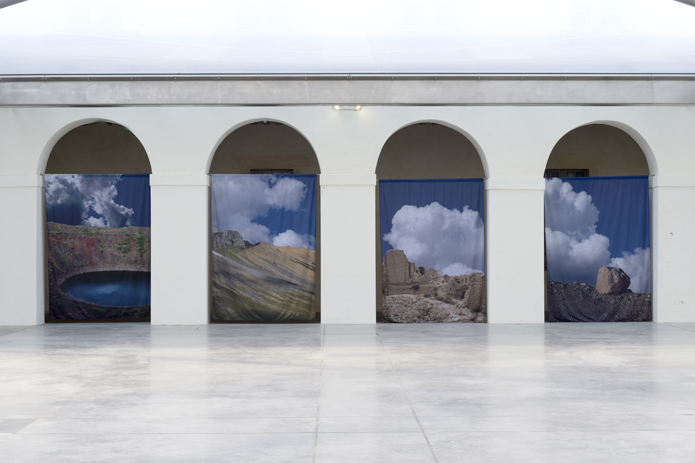
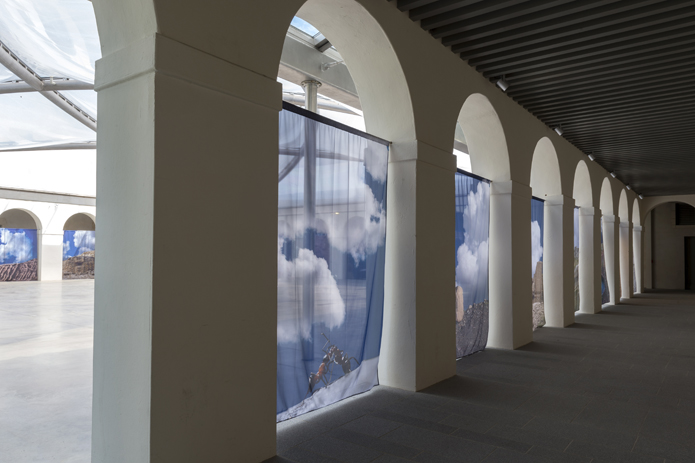
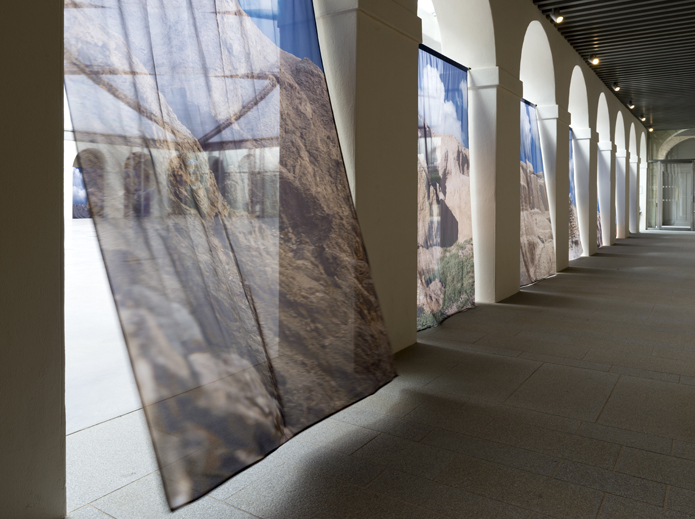
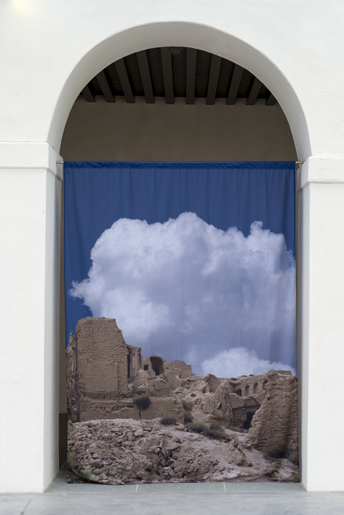
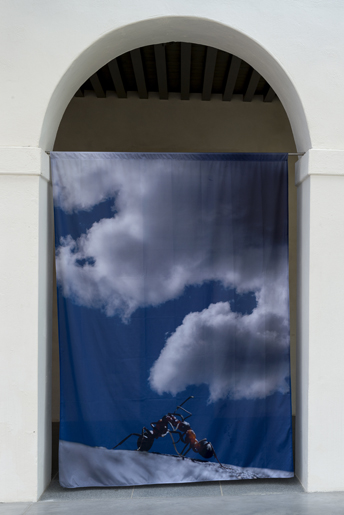
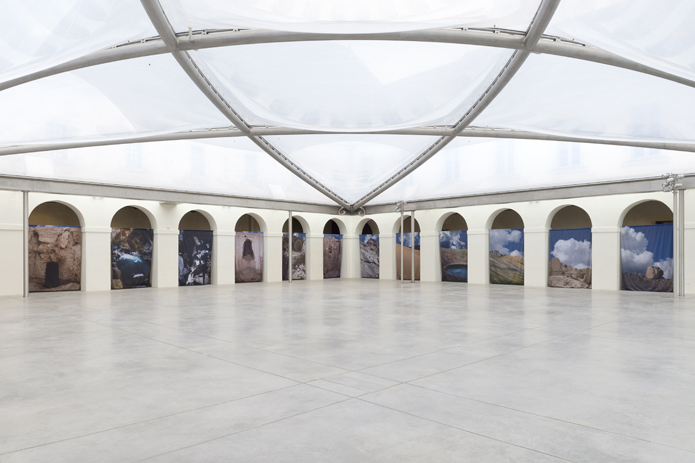
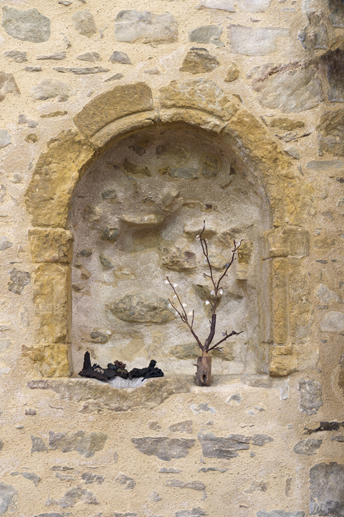
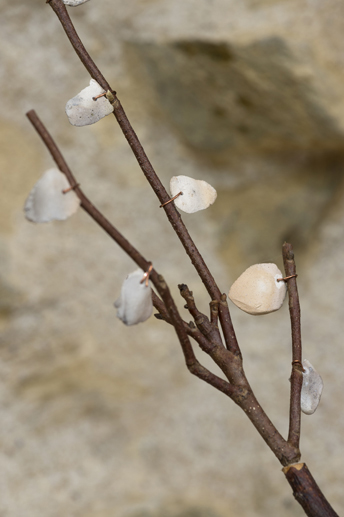
Ceramic (raku), metal, cherry wood and sycomone fingerprints. 72 x 42 x 35 cm - © photo M.Domage
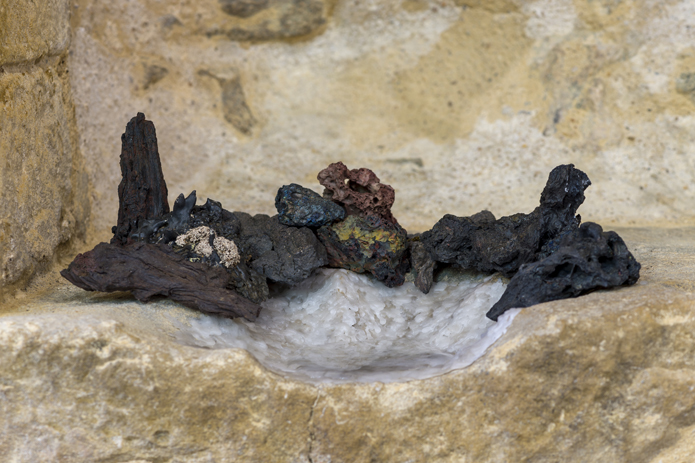
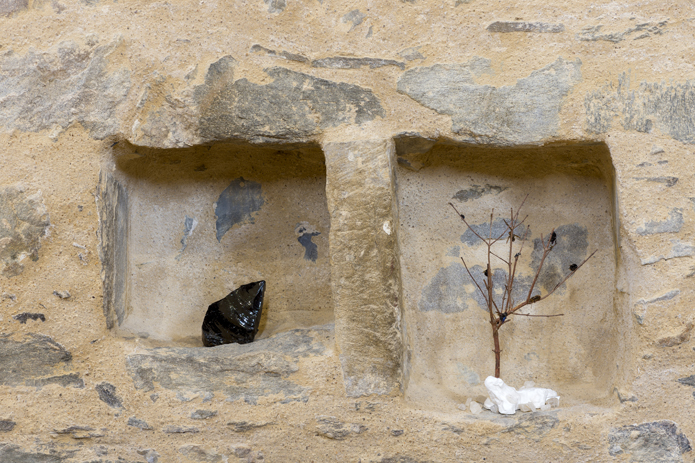
Plaster, calcite, hymenoptera and wood of comouiller . 46 x 24 x 22 cm - ©photo M.Domage
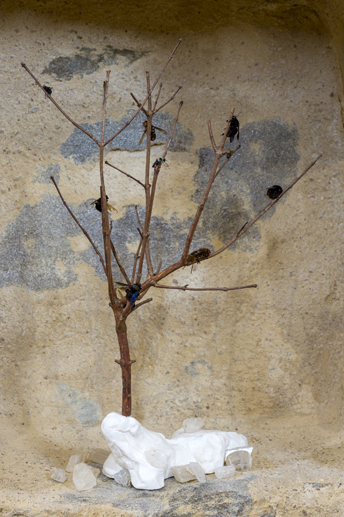
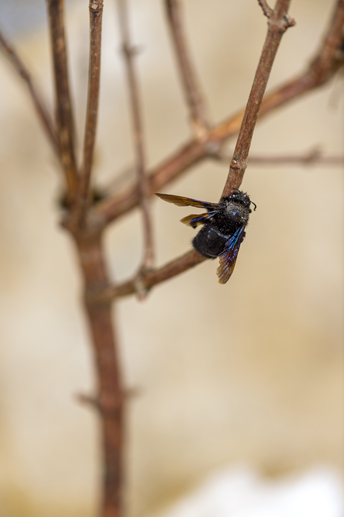
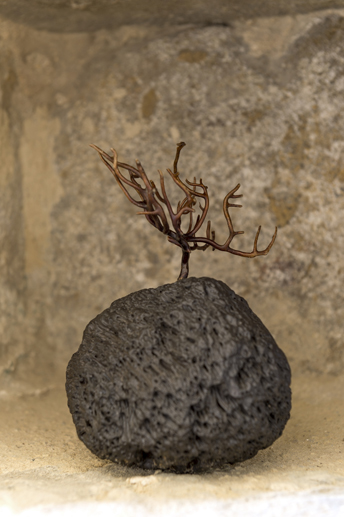
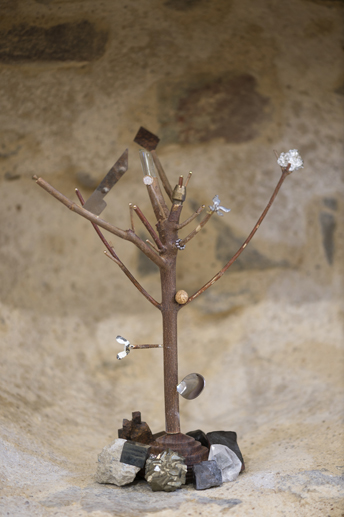
Lava and coral branch, 21 x 18 x 11 cm
©photo M.Domage
Various objects, minerals (galena, hemathia, lignite, pyrite, quartz), hazel and walnut wood, 33 x 28 x 19 cm - © photo M.Domage
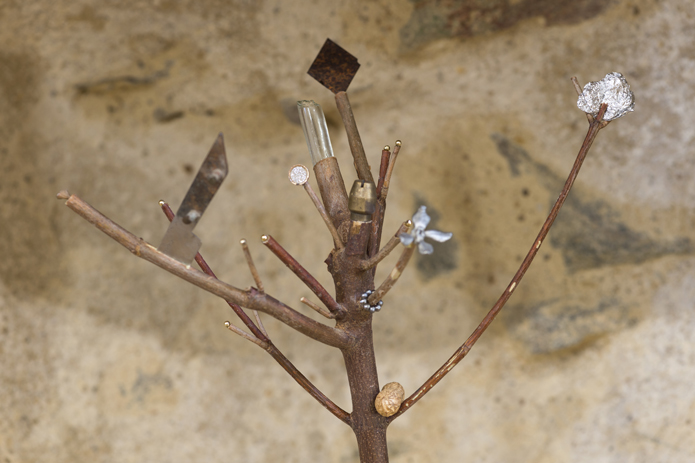
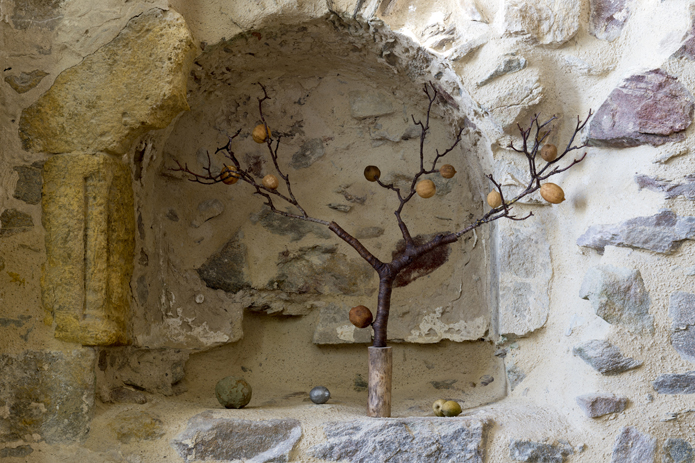
Dehydrated lemons, aluminum, brass, hornbeam, cherry and ash wood, 95 x 110 x 60 cm - © photo M.Domage
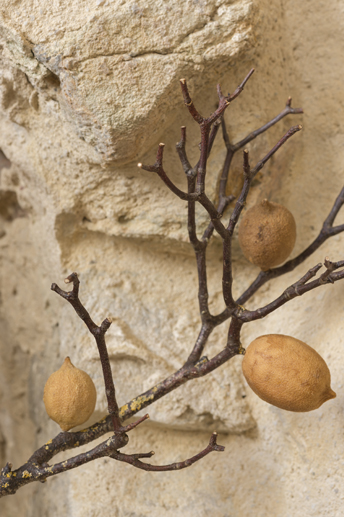
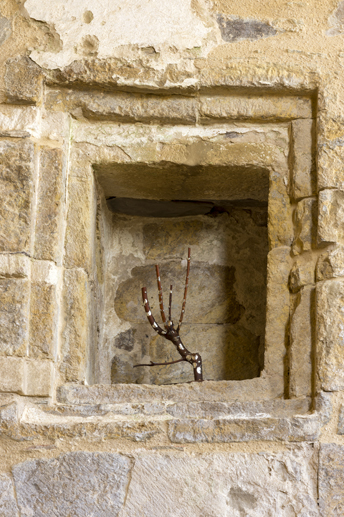
Pewter and hazel wood, 43 x 26 x 11 cm - © photo M.Domage
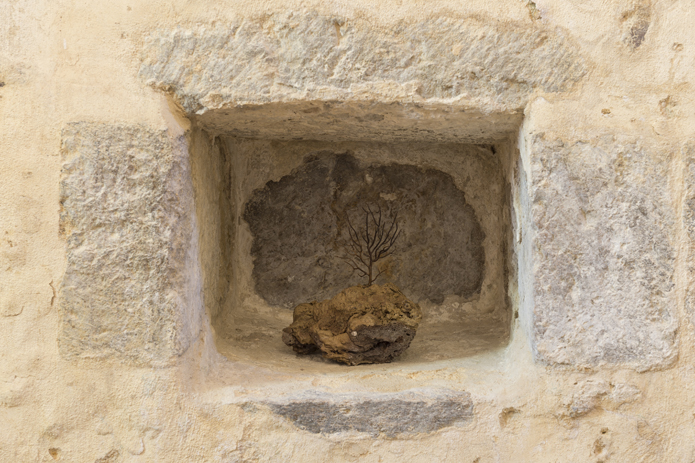
Volcanic bomb and Mirrortree branch, acrylic mirror and elderberry wood, coral, 18 x 12 x 10 cm
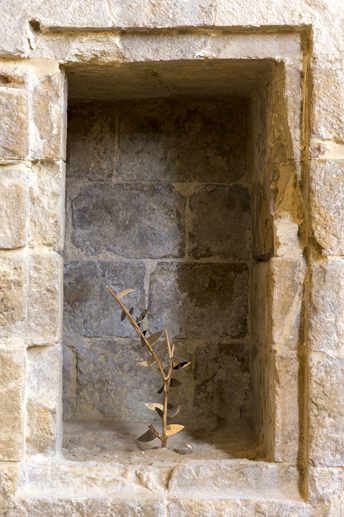
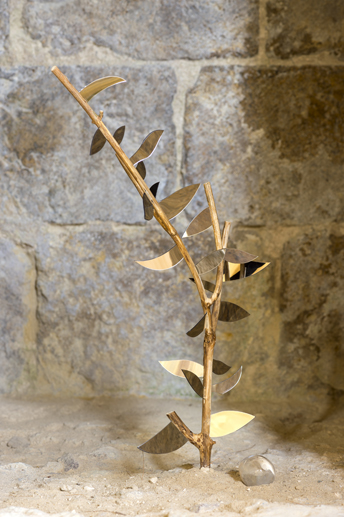
Acrylic mirror and elderberry wood, 48 x 32 x 15 cm - © photo M.Domage
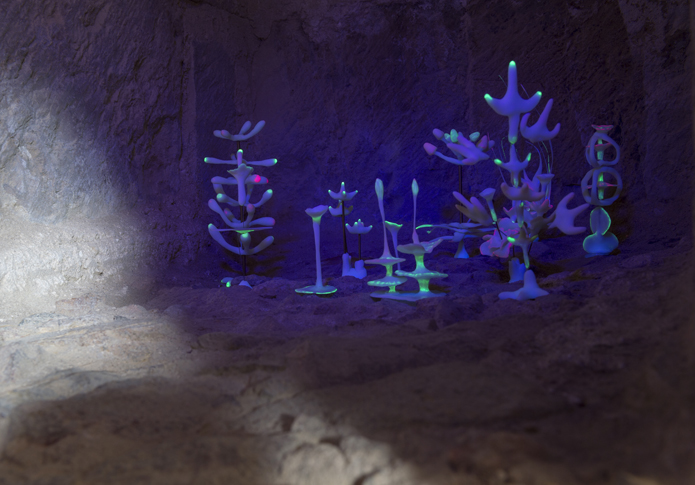
Thermo-malleable plastic, phosphorescent paint, brass and Wood's light, variable dimensions. - © photo M.Domage
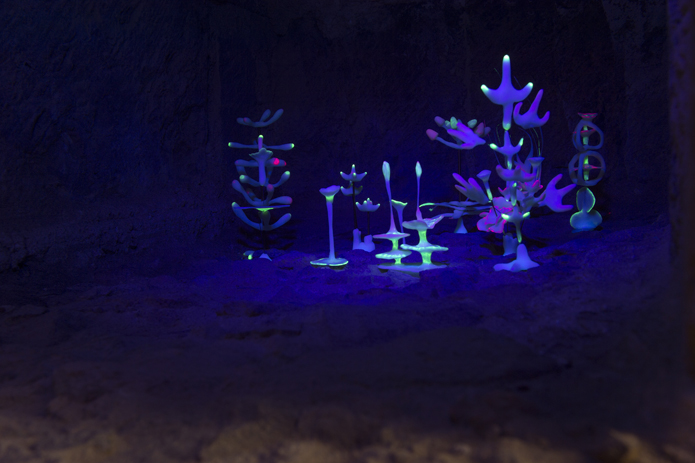
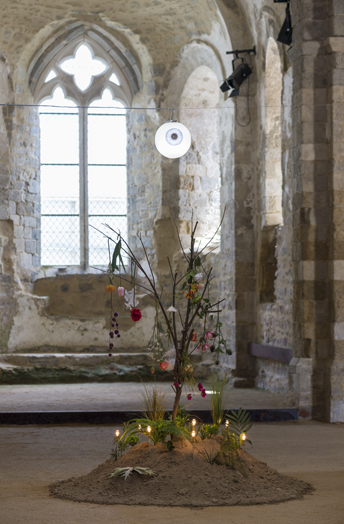
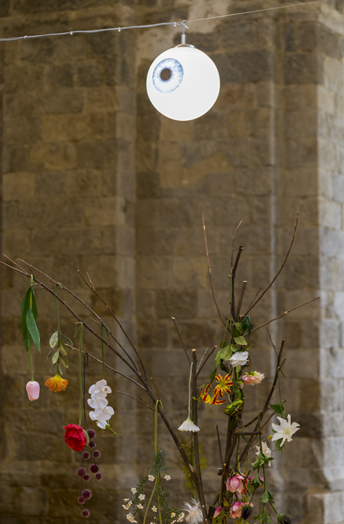
Acacia branches, metal, artificial flowers, earth, bulbs and digital printing on glass globe, 315 x Ø 210 cm - © photo M.Domage
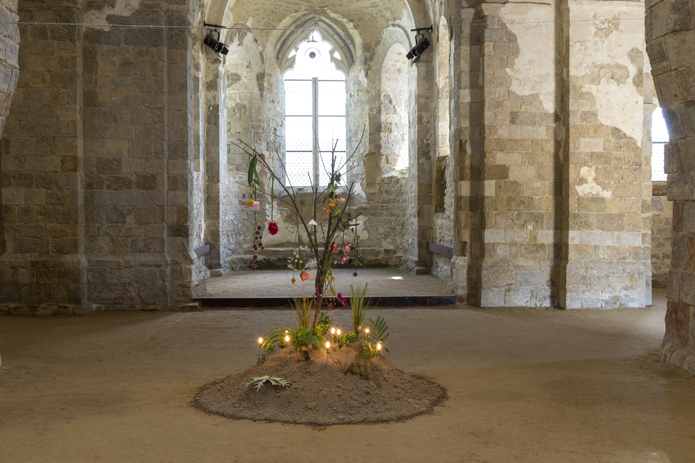
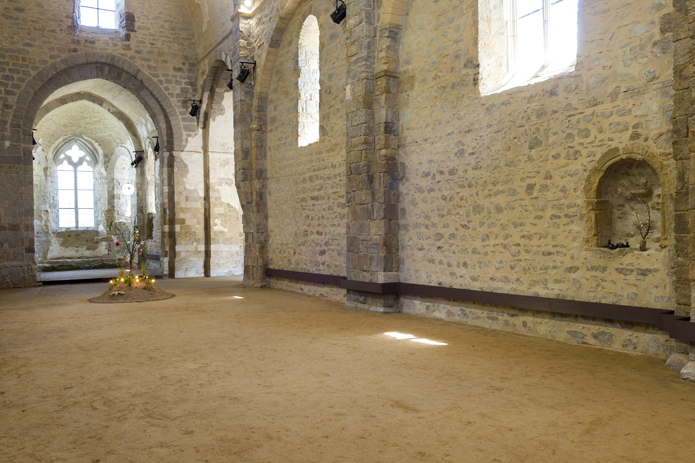
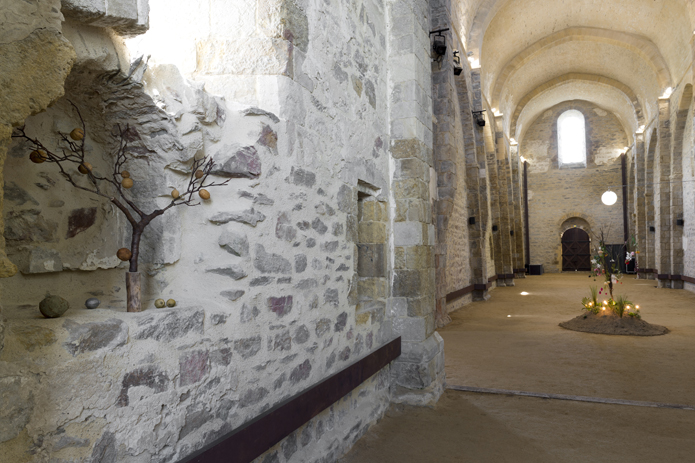
Views of the exhibition Eyeland
at the MASC, museum of modern and contemporary art in Les Sables d'Olonne, was presented at the Saint-Jean d'Orbestier abbey and at the Sainte-Croix abbey.
From June 27 to September 26, 2021
Anomalous or abnormal? Language's semantic subtleties are sure to befuddle the brain. When we consider all that relates to abnormality, the term abnormal would seem to be the most natural choice of adjective to describe this. But what is the difference then between this and anomalous, which refers to any anomaly? If we stick to the definitions in the Oxford Dictionary, we see above all that, while abnormal denotes anything that is “different from what is usual or expected”, the term anomalous refers to “having an irregular or deviant feature”. Yet the usage of both terms does coincide in the world of medicine. In other words, in the living world, or even the organic world. In truth, when it comes to language nothing is ever really simple because language is not a natural production, but an artefact, just like any other mental construct.
By setting forth these few linguistic notions at the outset, we are seeking to situate Hugues Reip's approach in the context of a practice that goes beyond all that is expected, and blithely embraces artefact. Indeed, the art of this artist is driven by the bizarre, the strange and the incongruous, and applies itself to revealing all sorts of “otherworlds”, parallel worlds where the marvellous meets make-believe, the improbable merges with the fantastic, and the extraordinary with the surreal. His artistic universe is fuelled at once by a love of nature, by a fascination for imagery and by a taste for anything that breaks with custom and convention. His works make useof all manner of materials and mechanisms, happily mixing natural and artificial elements, playing with effects of scale to subvert our gaze and draw us into the depths of his imagination.
The way that he is able to create or conjure up, here and there, a whole world of inconceivable, miniature or galactic landscapes – now enchanting, now disturbing – made of projections, bits and pieces, or collages here, or of magnetised illustrations there – in short, an unstoppable stream of bric-a-brac – is evidence of a creative disposition that makes light of any rational consideration and exclusive doxa. It is about a boundless whim with no rule other than the pure delight of artistic invention, no method other than the clash of hybridization, and no aim other than the instruction of a form of poetics. Hugues Reip’s world is one that is completely offbeat, which is precisely what makes it so enchanting. In the great spirit of Jonathan Swift-style books, of visual art à la Max Ernst, or Miyazaki-like film art, his approach prompts us to think about our relationship with nature, with our environment and even the way we act towards them.
The formal inventory of Hugues Reip’s work – drawings, photographs, sculptures, objects, installations, animated films, etc. – echoes an era that gives prominence to the mixing of genres, questioning the very status of the work, its nature and purpose. Receptive in equal measure to the different layers of a bygone history, regardless of whether he is looking to the Renaissance, modernity or post-modernism, the artist is affected as much by Dürer’s magnificent watercolour Great Piece of Turf as by Odilon Redon's drawings in black, by Joseph Cornell's dream boxes as by the swarming single-celled paintings of Swedish artist Öyvind Fahlström. Hugues Reip’s world therefore features all sorts of dioramas in which forms morph into one another, where the animal, vegetable and mineral kingdoms intermingle, and where marine, heavenly and earthly worlds merge. Constantly refusing any attempt to categorise him, he draws pell-mell on history, literature, cinema, comics, science fiction, symbolism, surrealism, pop art and even rock music.
At work, Hugues Reip insists that his studio is much more in his head than in any fixed location. And that, as such, he has no regular work routine but rather a sporadic practice based on the projects to be undertaken. However, he always keeps a notebook with him for “this is where it’s at”, as he puts it, allowing him to hold onto any idea that may arise, in whatever form – a hasty drawing, a passing reference, a slightly more detailed note, etc. All may be the inklings of potential works that may or may not materialise, that may be combined with each other, or perhaps lie dormant for ages before taking shape. Since 2016, they have served as content for his Instagram account, thereby shifting from the intimate space of the notebook to the public arena of social media. One common element is that Hugues Reip's approach is not based on a pre-programmed dialectic or pre-established framework; he is more likely to be borne along by the vagaries of his work, of what he is reading and of how he sees things – in short, by his day-to-day existence – which is why his work appears as the sum of fragments of life.
Out of this quiet effervescence seeking to spawn his own brand of truly fabulous universe, Hugues Reip’s exhibition at Les Sables d'Olonne is organised into two parts which are the result — as is often the case with this artist — of a consideration of the spirit of the site. 52 On the one hand, the old church of the Saint-Jean d'Orbestier Abbey, where he was instantly drawn to the ten or so small alcoves carved into the building's stonework; and on the other, the cloister, remodelled as the “Croisée Culturelle” art space of the Musée de l'Abbaye Sainte-Croix (MASC) whose arches immediately struck him as being an architectural equivalent of these niches. From then on, it took him no time at all to work out how to slip his way into this twofold heritage setting.
Miniature dioramas placed by the artist in each of the niches at the Saint-Jean d’Orbestier Abbey accompany the visitor’s path from the building’s entrance to the choir. Made up of shrubs or stones strung with insects, other objects, plants or fruit, they appear to emerge from the architectural recesses — who knows how or when — like a series of small composite or bogus paintings, perfectly in keeping with the mineral beauty of the architectural setting. Standing alone, in the middle of the nave, is a tree made of a collection of hybrid branches, all joined together, and from which dangle artificial flowers, looking as if they are growing upside down. A typical feature of Reip’s art, this form of sculpture, topped by a luminous globe, helps to create an atmosphere of familiar oddity so characteristic of his aesthetic vision of the marvellous.
The numerous fabrics that Hugues Reip has hung inside each of the arches in the “Croisée Culturelle” art space on the three sides of the gallery that surround the former cloister sway in the air; their shifting movement reveals the printed fragments of a vast landscape. It conjures up the vision of an unnameable, mysterious location, which at first glance would suggest some kind of memorial site, like an immense tumulus extending over its full length. It is a dream-like place, an archetypal notion of an ageless landscape, whose origins are unknown, a direct product of the artist’s imagination, thereby creating a subtle link between the two abbeys.
In his epigraph to his poem Les Fleurs du Mal (The Flowers of Evil), Charles Baudelaire speaks “To the Reader” to warn them that “In each man’s foul menagerie of sin –/There’s one more damned than all.../Boredom!”¹ . Hugues Reip explains how it is precisely boredom that is the source of his work. As he spent all of his holidays as child at his grand- parents in the mountains, he found no better way of escaping the boredom that would afflict him there than by contemplating the natural world. And nothing enthralled him more than watching, for hours on end, “a little leaf quivering in the breeze, observing a caterpillar crossing a field, small pebbles, immersing myself in these micro-universes”. This is exactly what the artist is inviting us to do today.
¹ Roy Campbell, Poems of Baudelaire (New York: Pantheon Books, 1952).
Philippe Piguet, exhibition curator